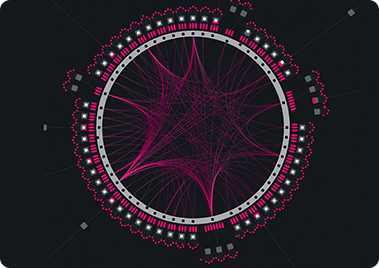
Polkadot: The True Ethereum Killer
For the longest time, Ethereum has been the preferred platform for developers to build decentralised applications. And why would it

For the longest time, Ethereum has been the preferred platform for developers to build decentralised applications. And why would it

Decentralized applications or DApps, as the name suggests, are applications that are not owned and managed by a single authority.

Polkadot is a sharded multi-chain network that is a hub for numerous blockchains. It is a mega blockchain hosting multiple

Popularized by the Ethereum blockchain, Smart Contracts are a set of codes designed to perform a set of instructions on

Ethereum’s move to proof of stake has increased concerns about centralization and censorship. The shift to validators instead of miners

Private and public blockchains enable vastly different forms of financial engineering. Consensus algorithms lie at the core of this distinction.

Web2 and Web3 are two different generations of the internet and they have different approaches to development. In this blog,
